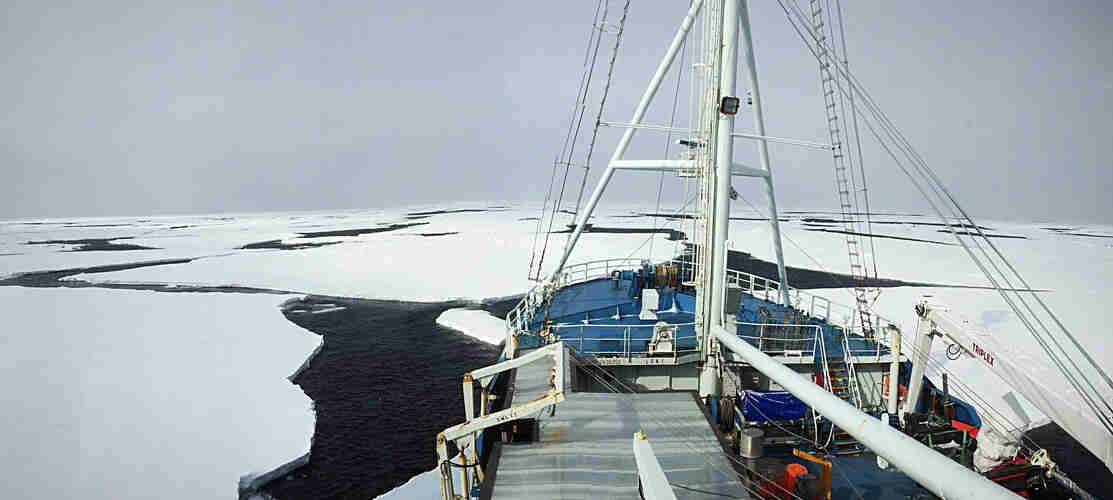


Climate Scientist (Atmospheric) at NOAA GFDL | PhD | UC Irvine and Cornell University alum | Sharing data-driven stories | Be kind | Views and thoughts expressed are mine own |
My research and communication interests coincide with disentangling patterns of climate change from climate variability using data-driven methods. Also, scary movie fan!
#Arctic #ClimateChange #DataViz #MachineLearning #OpenScience #Python #SciComm #Weather #wxMastodon #wxTwitter
This profile is from a federated server and may be incomplete. For a complete list of posts, browse on the original instance.